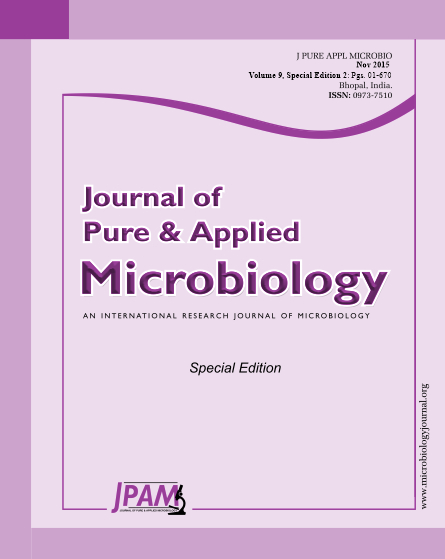Urinary tract infection is the third most leading cause of infection in pediatric age group, causing high morbidity and mortality. Resistance to broad spectrum beta lactams mediated by extended spectrum beta lactamase and AmpC beta lactamase enzymes is an increasing problem worldwide. Unfortunately the ESBL producers often also have resistance determinants to other antibiotic groups, leaving an extremely limited range of effective agents. Study was conducted on 100 non repetitive mid stream urine samples collected in a sterile container from pediatric patients suspected of urinary tract infection. All enterobacteriaceae isolates were subjected for detection of ESBL and AmpC beta-lactamases. 72 enterobacteriaceae were isolated in the study. Among them ESBL producers were 47(65.27%), pure AmpC producers were 23(31.94%) and 31(43.05%) were co-producers (ESBL+AmpC). In the present study, E.coli was the commonest isolate causing UTI in children with highest production of Amp C. Klebsiella spps showed highest production of ESBL. Simple disc tests can be used to detect ESBL and Amp C beta lactamases especially where resources for molecular detection are not available. Many of these beta-lactamases disseminate rapidly being plasmid mediated. Hence it is necessary that rapid detection of these enzymes should be done and immediate control measures should be implemented to prevent their dissemination.
ESBL, Amp C, Resistance, UTI
© The Author(s) 2015. Open Access. This article is distributed under the terms of the Creative Commons Attribution 4.0 International License which permits unrestricted use, sharing, distribution, and reproduction in any medium, provided you give appropriate credit to the original author(s) and the source, provide a link to the Creative Commons license, and indicate if changes were made.


